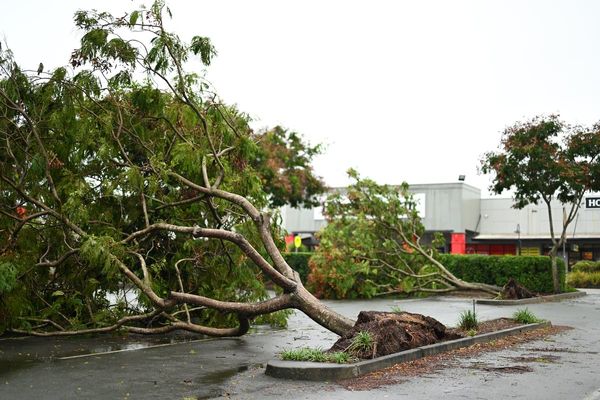
For individuals with chronic lung conditions, the winter season and the current cold snap poses significant challenges.
We spoke with Dr Andy Whittamore, GP and clinical lead at Asthma + Lung UK, who highlighted four chronic lung conditions that tend to worsen in winter and shared valuable advice on how to protect your lungs during this time of year.
Asthma
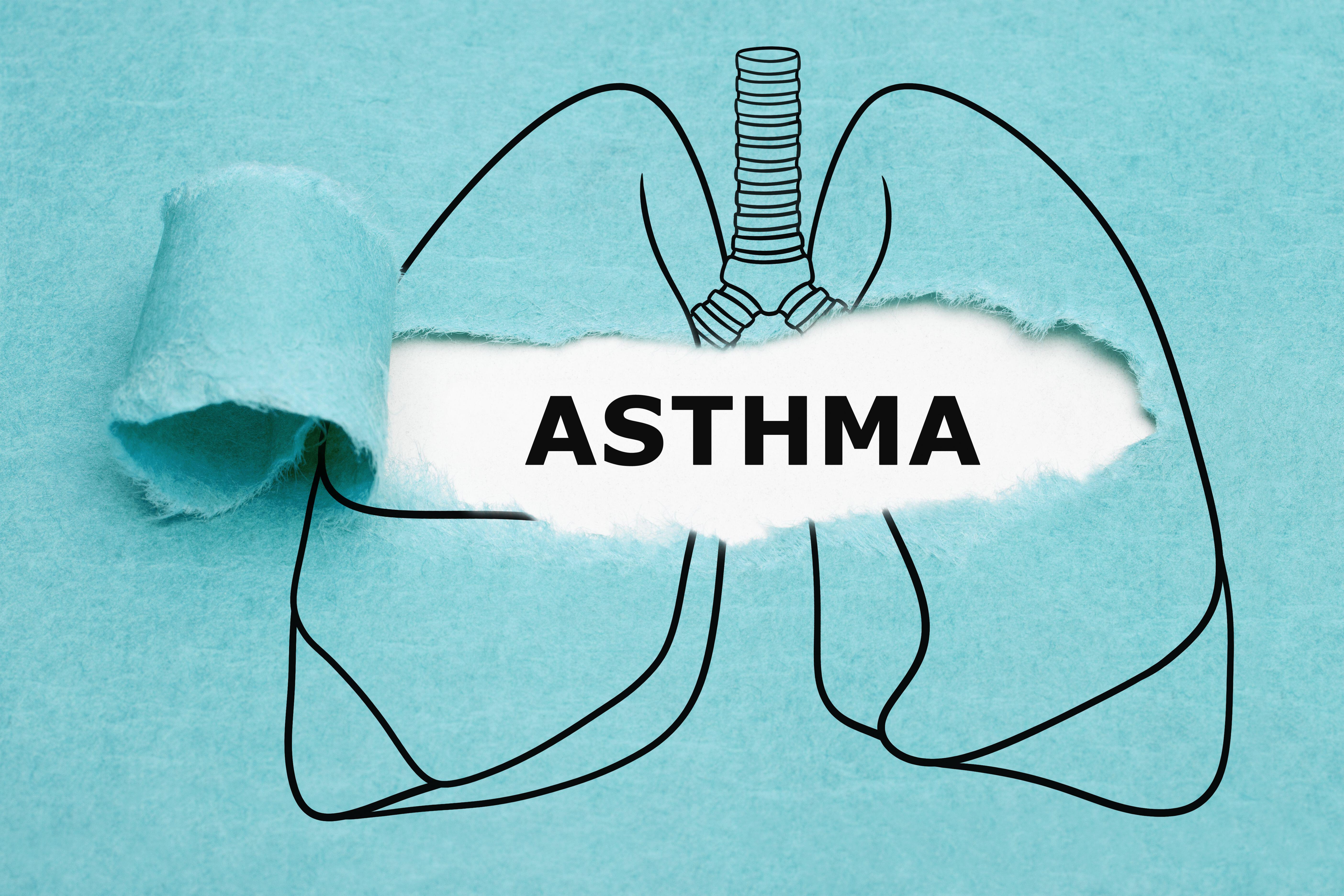
“Asthma is a lung condition that comes and goes, so people might get symptoms one day and not the next,” explains Whittamore. “Symptoms include a cough, breathlessness, wheezing and a tight chest.
“They can be set off by a number of triggers, including viruses, cold weather, exercise, stress, and even hormones, or a combination of those things.”
Many people’s symptoms worsen during the winter period.
“We call this an exacerbation or a flare up, when you get increasingly breathless, wheezy, coughing, and sometimes it’s really hard to tell those symptoms apart from the virus or whatever is in the background as well,” says Whittamore.
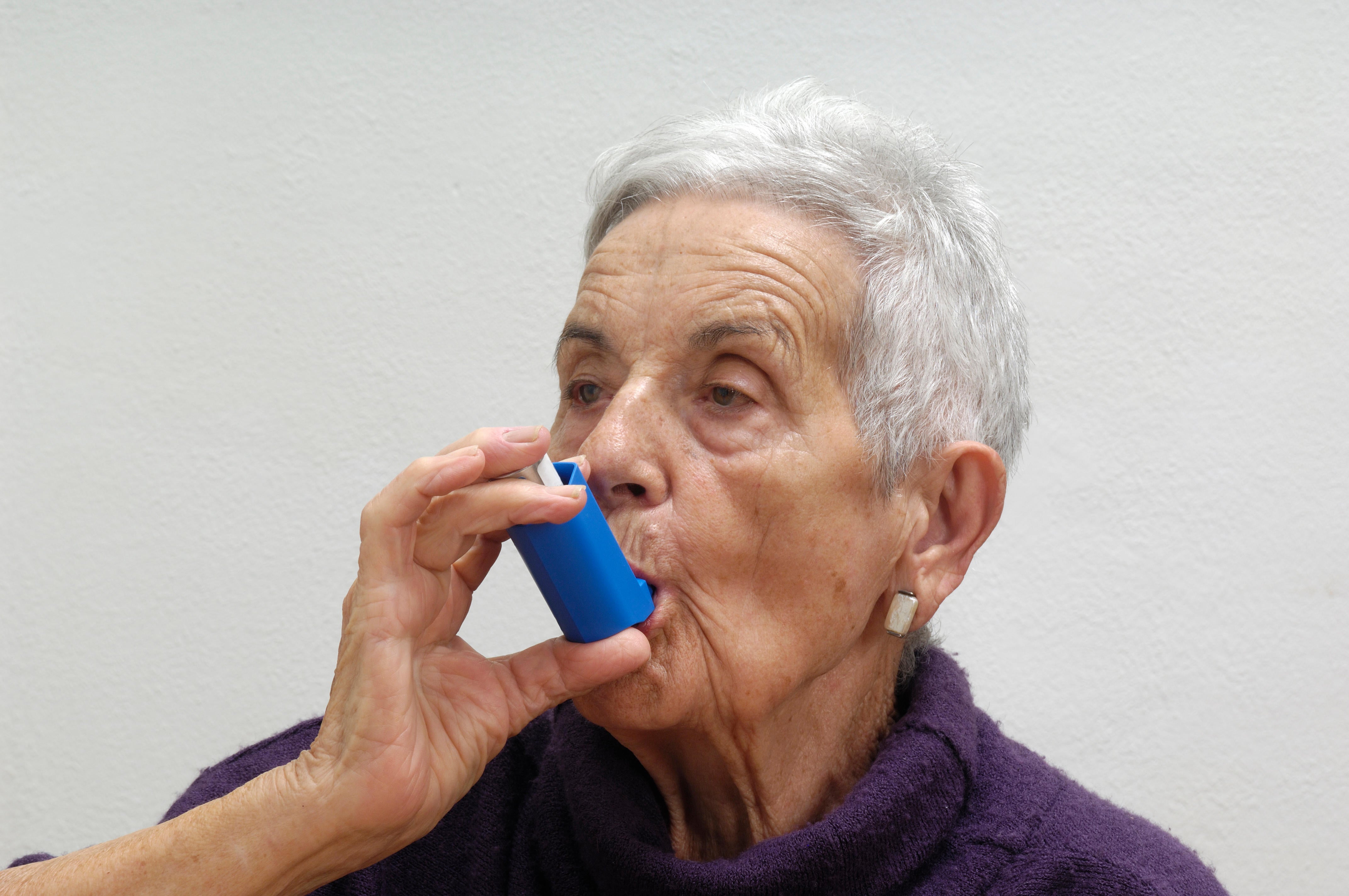
People with asthma should have a personalised asthma action plan.
“In some cases, they’ll be told to increase their inhalers for a little bit, or to start a different treatment at home, but if that isn’t working, then they need to be contacting their GP or practice nurse as soon as possible,” explains Whittamore.
The GP also stresses the importance of taking preventer inhalers regularly.
“Take your preventer inhaler regularly, even if you’re feeling well, because it calms down the inflammation in the airways,” advises Whittamore. “Then when things come around, like a virus or infection or cold weather, that inflammation is less likely to rise up and cause them symptoms.
“Also, carry a reliever inhaler with you at all times because if you do get caught out by something aggregating your asthma, then you have got treatment to take quickly to get on top of your symptoms.”
Chronic Obstructive Pulmonary Disease (COPD)
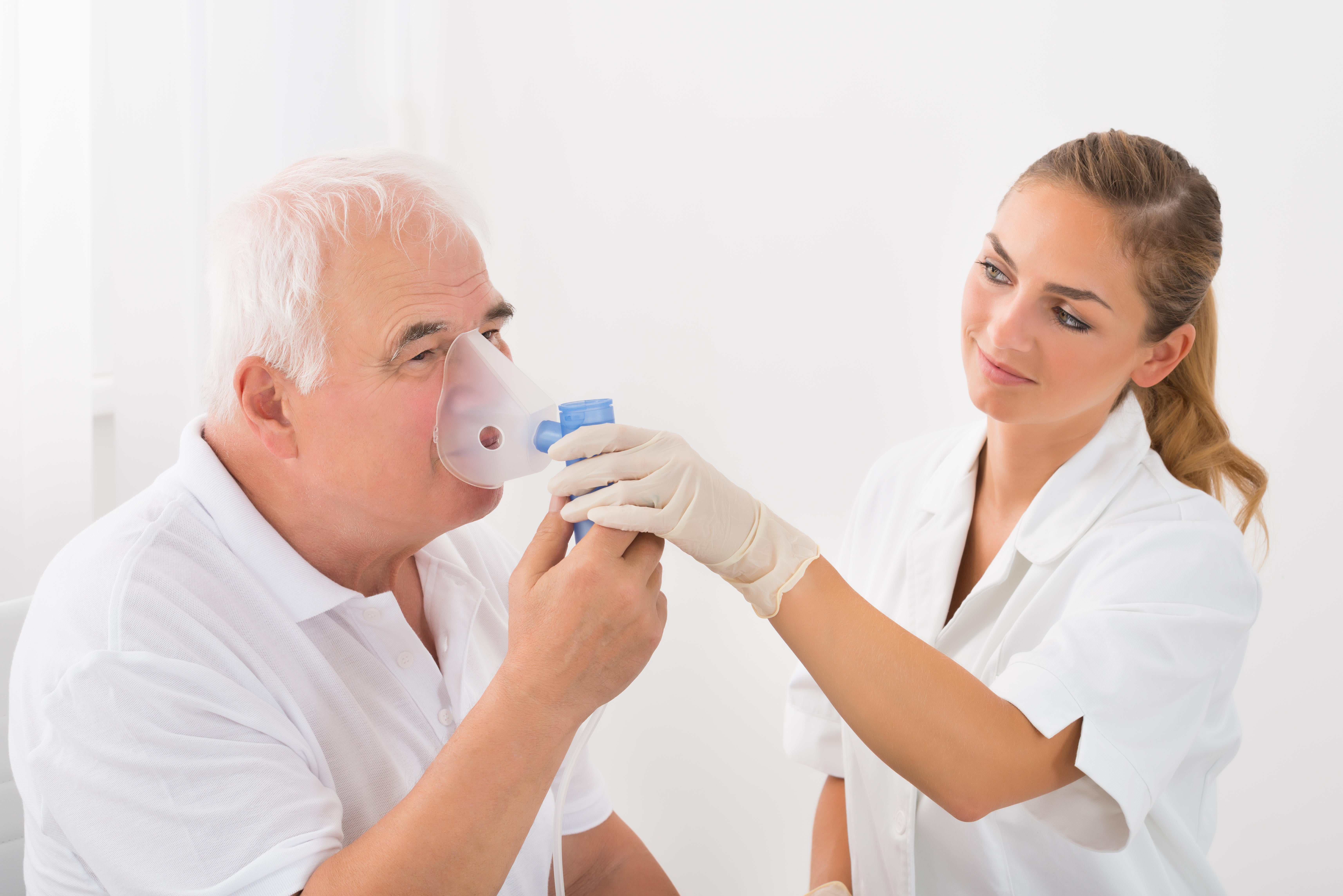
“COPD is a condition where there is narrowing of the airways, increasing mucus, and people experience coughing and breathlessness. It’s often due to long-term irritation within the airways,” says Whittamore. “The most common reason for that is smoking, but also some people with poorly controlled asthma can get it, and there’s also other causes such as air pollution.
“This time of year when there’s lots of bugs going around, people are more likely to have that affect their COPD.”
This condition is most common in older adults.
“COPD becomes more obvious and more common as you get older,” notes Whittamore. “So, we start to see it in some people in their late 40s, but generally it tends to be people in their 50s and 60s who have smoked for 20 years or more.
“The most important thing everyone with COPD can do is to stop smoking, but there are also inhalers which can help prevent flare ups and also help to open up their airways.”
Pulmonary fibrosis
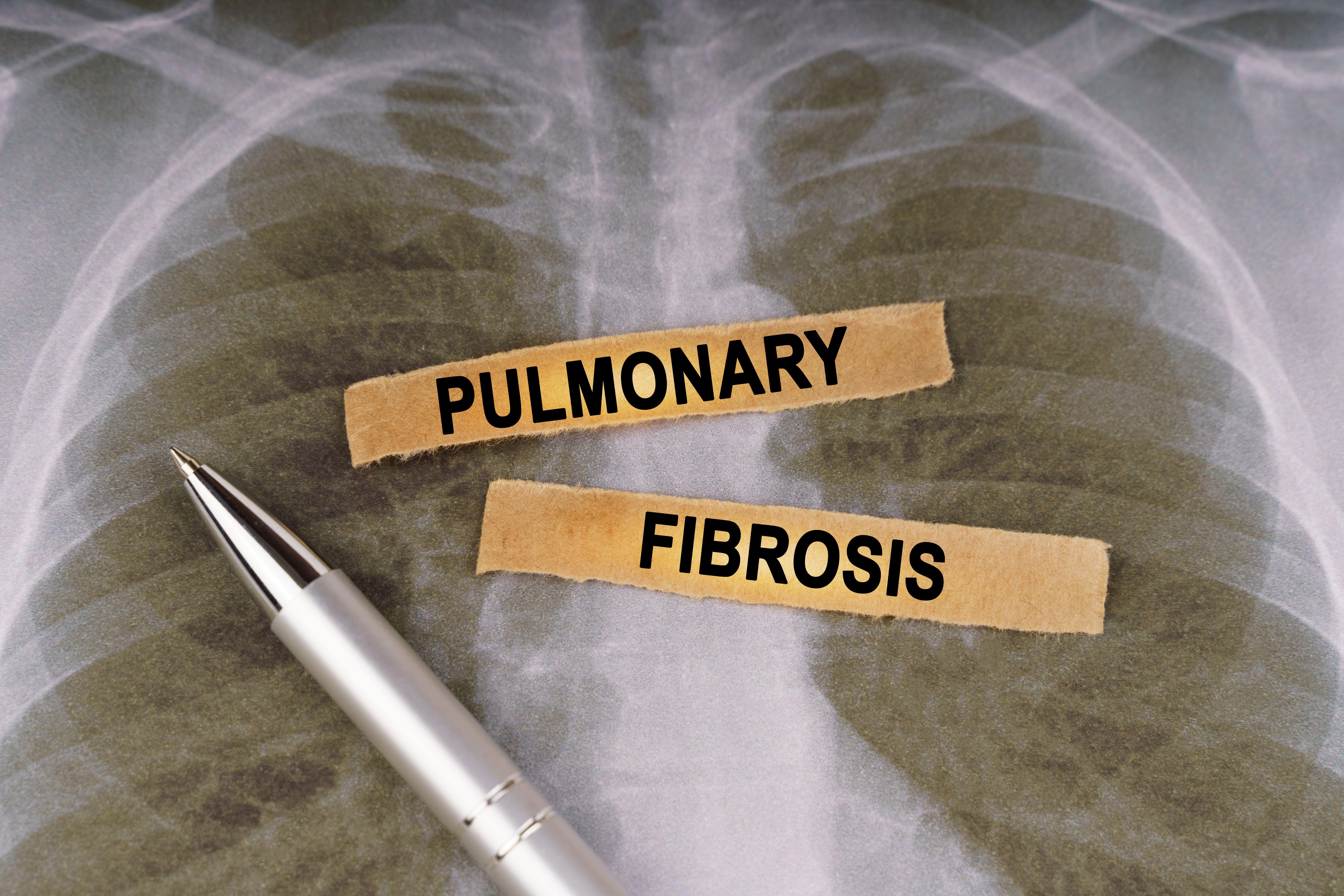
“Pulmonary fibrosis is a condition where there is damage to the bits between the lungs connecting all the tubes and all the air sacs,” explains Whittamore. “And what that means is the lungs become less efficient, and people can’t get in as much oxygen.
“So, that sort of damage and scarring between the active bits of the lungs means that people find it harder to breathe and often they have low oxygen levels and a cough.”
Therefore, getting an infection over the winter can become a major issue.
“If somebody with already low lung function or low oxygen levels is having a problem with with an infection, then they’re more likely to get even lower oxygen levels and struggle, and as a result will need hospital care,” says Whittamore. “The earlier we treat things, the quicker we can stop it having a major impact on them.
“If somebody with pulmonary fibrosis is developing a chest infection, then antibiotics might be the best thing for them. And if their oxygen levels dip low, then they might also need extra oxygen support.”
Bronchiectasis
“Bronchiectasis is a condition where there is damage to the airways and air sacs,” says Whittamore. “Because people with the condition have this damage in airways, a bit like COPD, during this time of year they can get extra mucus and are more likely to get infections, and find it much harder to fight infections.”
The main treatment for this condition is antibiotics.
“Bronchiectasis can only be diagnosed by lung scans, but GPs can suspect it if somebody’s getting lots of infections or lots of mucus or struggling to sort of clear their chest,” says Whittamore.
What proactive things should people with lung conditions do during the winter?
Taking medicine as prescribed and having an action plan of what to do when things start to go downhill is crucial, highlights Whittamore.
People with lung conditions are also eligible for an array of vaccines.

“Different respiratory conditions will be entitled to the flu jab, pneumonia jab, the RSV jab and the COVID jab,” says Whittamore. “And if you’re entitled to any of these, it’s really important to get it early, because all these things circulate during the winter.”
For information on looking after your lungs this winter, go to Asthma + Lung UK’s winter health guide on asthmaandlung.org.uk.





